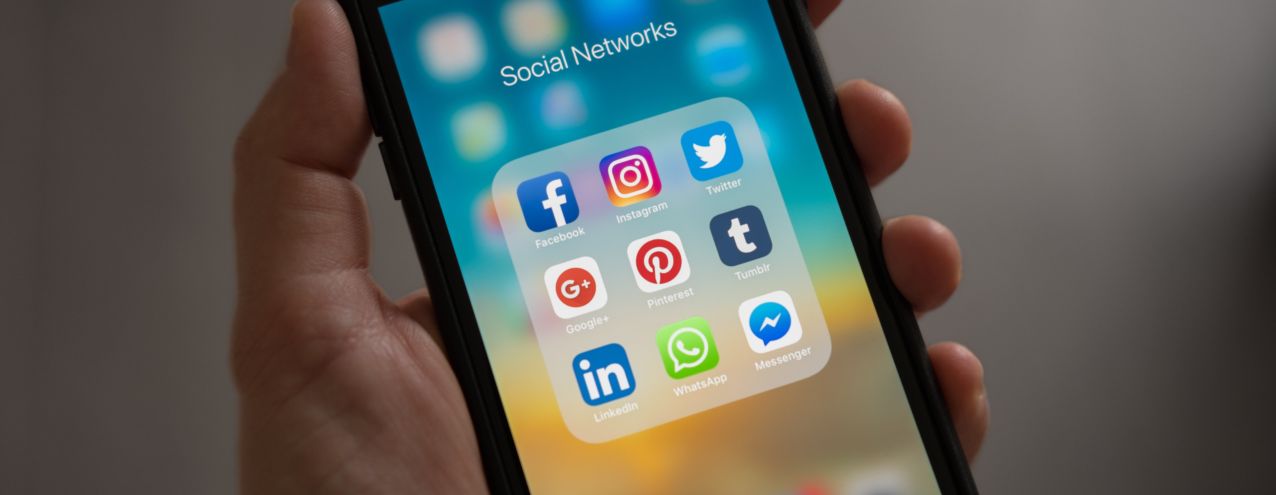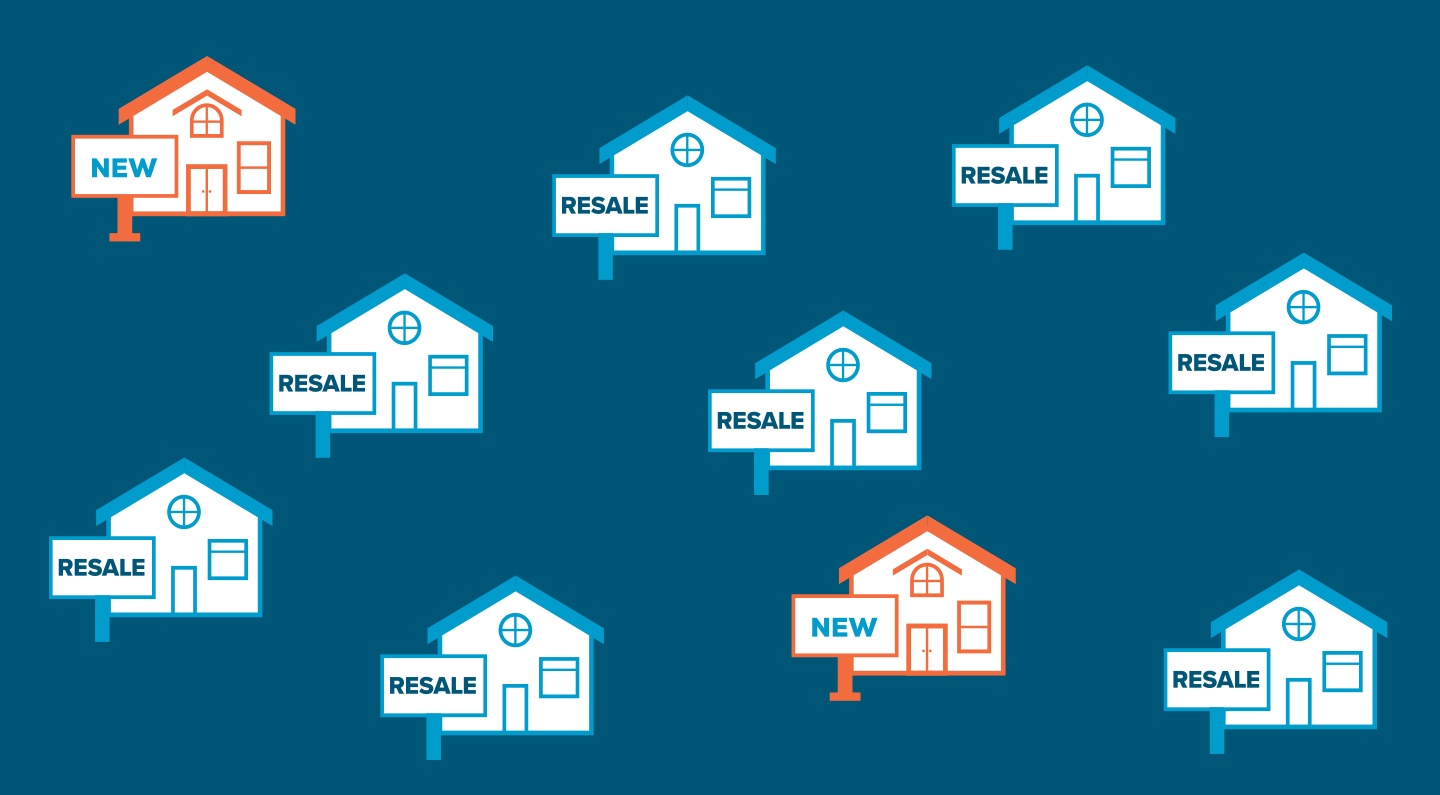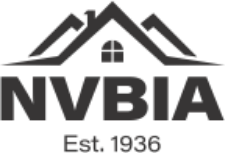Social Media Day – June 30
Social Media Day – A brief history and analysis of social media & advertising
Communication is not a solo event.
For that matter, humanity is not a solo event.
There is a deep-down need to express our opinions, to connect with others, and to express our opinions of their opinions.
It goes all the way back through time. The first person to paint images on a literal wall of a cave instantly had critics. Some of those critiques were just verbalized and subsequently forgotten by time. But others were added to the wall, also in picture form.
And thus, the first stone-based social media platform was born.
But how did we get from a stone wall to a digital one? And how has marketing adapted to each new social media technology? Join us for an abbreviated trip down the timeline of social media to see where we came from and maybe find clues to where we’re headed.
The beginning of social media
Ancient Rome: the writing on the walls
By being preserved in centuries of ash, the city of Pompeii gives us a unique insight into the Ancient World. Messages and thoughts were left carefully and often inconspicuously carved into walls. Conversations were had. All out in the open for everyone who knew which walls to check. There are also clues there could have been riddles or games or memes of some kind. “Menedemerumenos” appears as a word all over Pompeii, yet no one knows exactly what it means. There’s even a plethora of out-and-out trolling: Epaphra is not good at ball games. And businesses communicated in the same way as their public: carving advertising and directions onto walls.
The telegraph: more than just dots and dashes
Many historians consider the true beginnings of present-day social media to be the invention of the telegraph. As The Washington Post points out, telegraph lines were not one-way streams of communication. Any operators on the line could “hear” all the messages and, moreover, reply to them. There were even abbreviations (low character count was important because you paid based on message length) for many common sayings. Romances formed. Games were played. The telegraph network really was a proto-social media platform for those who worked for telegraph companies. The telegraph was more technologically advanced than the graffiti of Pompeii, but due to cost it wasn’t nearly as social. And only large businesses who could afford the fees could use this technology, so the advertising was very minimal.
Social media begins to mix technology with social communication
Computers and scientists connect
Science also depends on communication. “Nothing exists in a vacuum,” the saying goes (though don’t argue that with a quantum physicist), and so in order to advance scientists must, at some point, collaborate. It makes sense, then, that scientists with computer in the late 60s (ARPANET) through the 80s (NSFNET) worked on connecting them to talk. They developed Bulletin Board Services (BBS), where they could post and reply to messages with each other. It was social, but still confined within an industry, so the only marketing at this time was word of mouth (not knocking the importance of that sort of sharing, mind you).
Personal computers and the beginnings of social connectivity
Anyone who grew up in the 90s knows the stacks and stacks of free coasters, and by coasters we mean AOL CDs. AOL, CompuServe, and Prodigy brought BBS to the masses. Well, the masses that had lightning-fast (at the time) dial-up access and a personal computer. But each year saw the numbers of online adventurers increase exponentially. Since (in the beginning) connectivity was paid for by the hour and syncing online activity was more difficult due to the nature of dial-up technology, forums and blogs were the go-to places to connect. Like the walls of Pompeii, they were spaces to leave thoughts, comment on the thoughts of others, and develop a recorded dialog over time.
And all these services subsidized their prices (the lower, the better) with advertising and sponsorship—revenue that became key to AOL’s bottom line. Ad revenue from 1997 (which we’ll learn below was the beginning of real social media as we know it) was $256 million. Just three years later, ad revenue had risen over 680% to almost $2 billion.
It must also be noted that AOL was one of the first to recognize the importance of mobile devices, sending their connectivity and marketing to the newly forming portable marketplace.
The true social media revolution
The birth of social media
It’s the spring of 1997, and everyone is logging onto their newly launched Six Degrees account. Dubbed by many to be the first social media network, Six Degrees lets you create a profile, link up with friends, and do most of the things we think of when we picture “social media.” It was first, it was new, but it was very-soon-to-be not alone. For advertisers, it meant a new audience for ads and sponsored content.
Social media blossoms in the early 2000s
Five years and five big names in the history of social media. LiveJournal launches in 1999; Friendster, LinkedIn, and MySpace debut in 2003; and Facebook is unleashed in 2004.
While LiveJournal promised its users an ad-free space, capitalism overshadowed altruism, and premium services were offered for free in exchange for (you guessed it) ads. Friendster followed suit with a new platform to connect users, and more ad-supported services. LinkedIn and MySpace were a little different, though.
LinkedIn touted itself as the social media network for business connections. For a time, it was almost a joke as all it seemed good for was a slew of annoying invite requests from anyone who might know anyone you know, twice removed. However, it has now become the preferred channel for B2B content marketing. In fact, as Market.us reports, 91% of marketing executives consider LinkedIn to be the top spot to find quality content, and 80% of B2B leads are connected via LinkedIn. Probably why LinkedIn’s ad revenue for the year ending March 31, 2021, was reported at over $3 billion.
MySpace found its own hook, by being the cool place to share music. It dramatically rose in popularity due to the influx of famous, soon-to-be famous, and hoping-to-be famous musicians sharing their music. Just three years after launch, MySpace was reported to be the number one ranked website in the US. In 2006, MySpace signed a huge deal with Google granting “exclusive rights to provide Web search results and sponsored links across MySpace.” Hooking up with the search and ad giant injected hundreds of millions of dollars into MySpace’s coffers, while providing its users with an advertising marketplace that announced an expansion into mobile less than a month later.
The key aspect of all social media is connection. These emerging platforms sought to be the best in allowing users to create the ultimate personalized online space. And the more personalized the user made their profile, the more information the platform had to use for targeted advertising. But evolution means some things change while other things are left behind.
Facebook, Twitter, and the rest bring social media into the present
And then Facebook (2004), YouTube (2005), Twitter (2006), Instagram (2010), and all today’s most popular social media apps exploded. Social media grew exponentially and concurrently with mobile technology. The more we were able to do on the go, the more we connected with social media; and the more we connected with social media, the more we were able to do on the go. According to data from Hootsuite’s Digital 2021 Report (signup req.), 99% of all social media users use mobile devices.
Whereas some of the OG social media companies built a platform for their users to adapt to, the ones who are still around today adapted their platforms to their users’ preferences. As a result, 55.1% of the entire planet’s population are now on social media. Social media is so popular, as shown by data from both Semrush and Similarweb on that same Hootsuite report, that four social media sites are in the top ten list of most visited websites based on total website traffic: YouTube, Facebook, Instagram, and Twitter.
With such a widespread global reach, it’s no wonder that companies first created accounts on and then began marketing to those on social media platforms. Social media marketing has become such an important part of business that it’s projected to (globally) grow by 18.3% YOY.
And social media interaction goes both ways too. Just as companies look to social media to influence and market to their users, users also see social media as a method to research and reach companies (44.7% use it as their main brand-research tool). Social media is now fully entrenched in our digital lives.
Looking to the future of social media advertising
Our social media past has brought us to the present, and it’s a present in flux that will eventually shape our social media future. As social media companies find the best data points to leverage for marketing purposes without enabling nefarious marketers to push offensive content, privacy-focused companies have stepped in to restrict those parameters even more. A great example is the current battle, if you will, between iOS 14.6 and Facebook.
This privacy vs. personalization clash is not going to end. One camp will tell you to restrict what marketing companies can learn about you, and the other will tell you to trade your information for a more personalized experience. In the end, most likely social media companies will win, at least somewhat. Why do we say this?
Privacy-first companies can only promise one thing: privacy. But social media companies trying to get more data can offer more incentives to share: better services, priority treatment, and access to exclusive content. And as advertising is a major revenue stream for every social media platform, be prepared for those offers.
Remember from the opening of this post: communication is not a single-player game. We have already (albeit, briefly) explored social media’s growth, where only those companies who adapted and innovated survived. They didn’t fight the flow of the water, but rather became one with the sea.
As marketers, we are like boats on that sea. We adjust course with each metaphorical social media wave, evolving our techniques and approaches to optimize our ad spend while reaching our intended audiences. We will always weather the storm.









